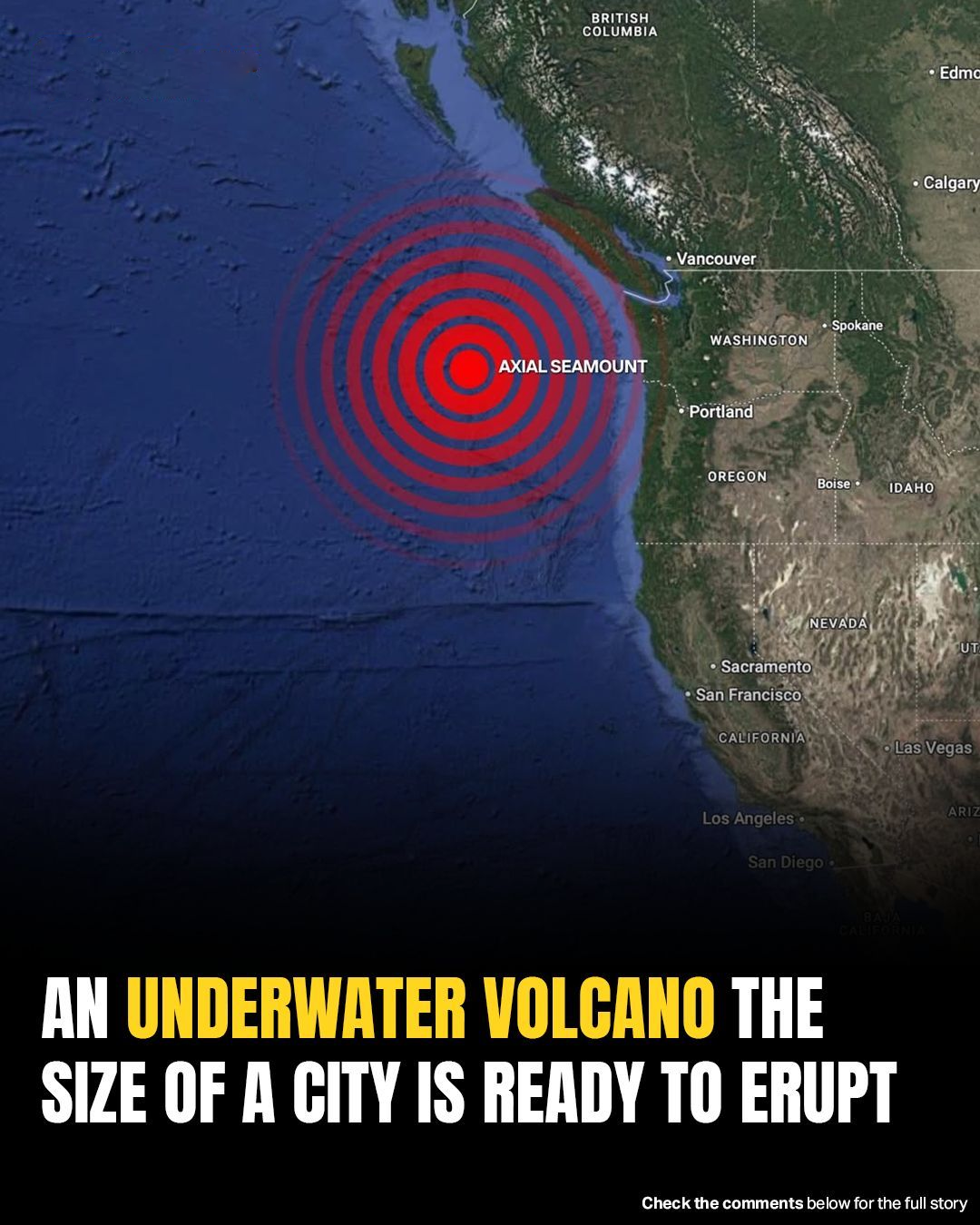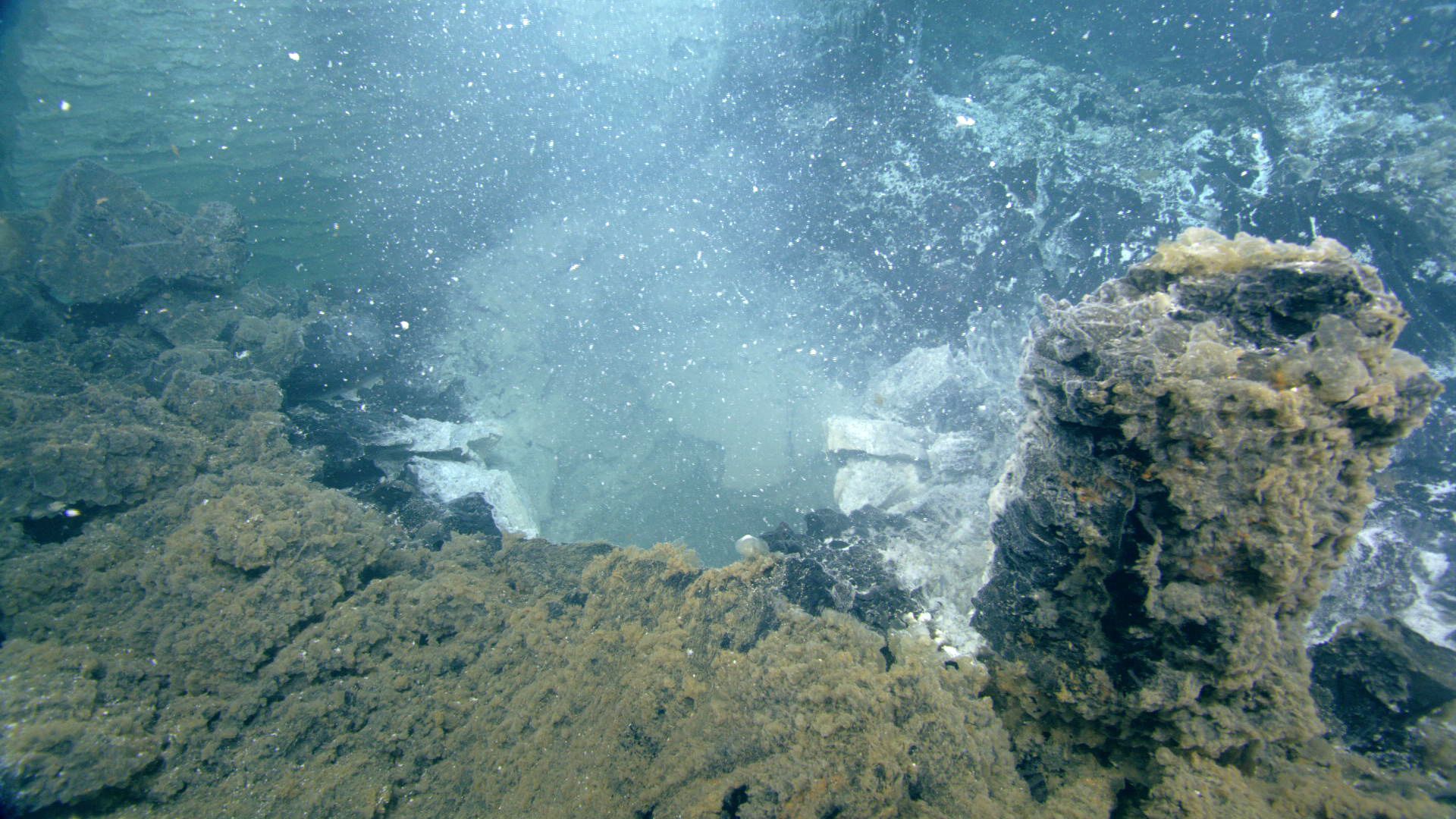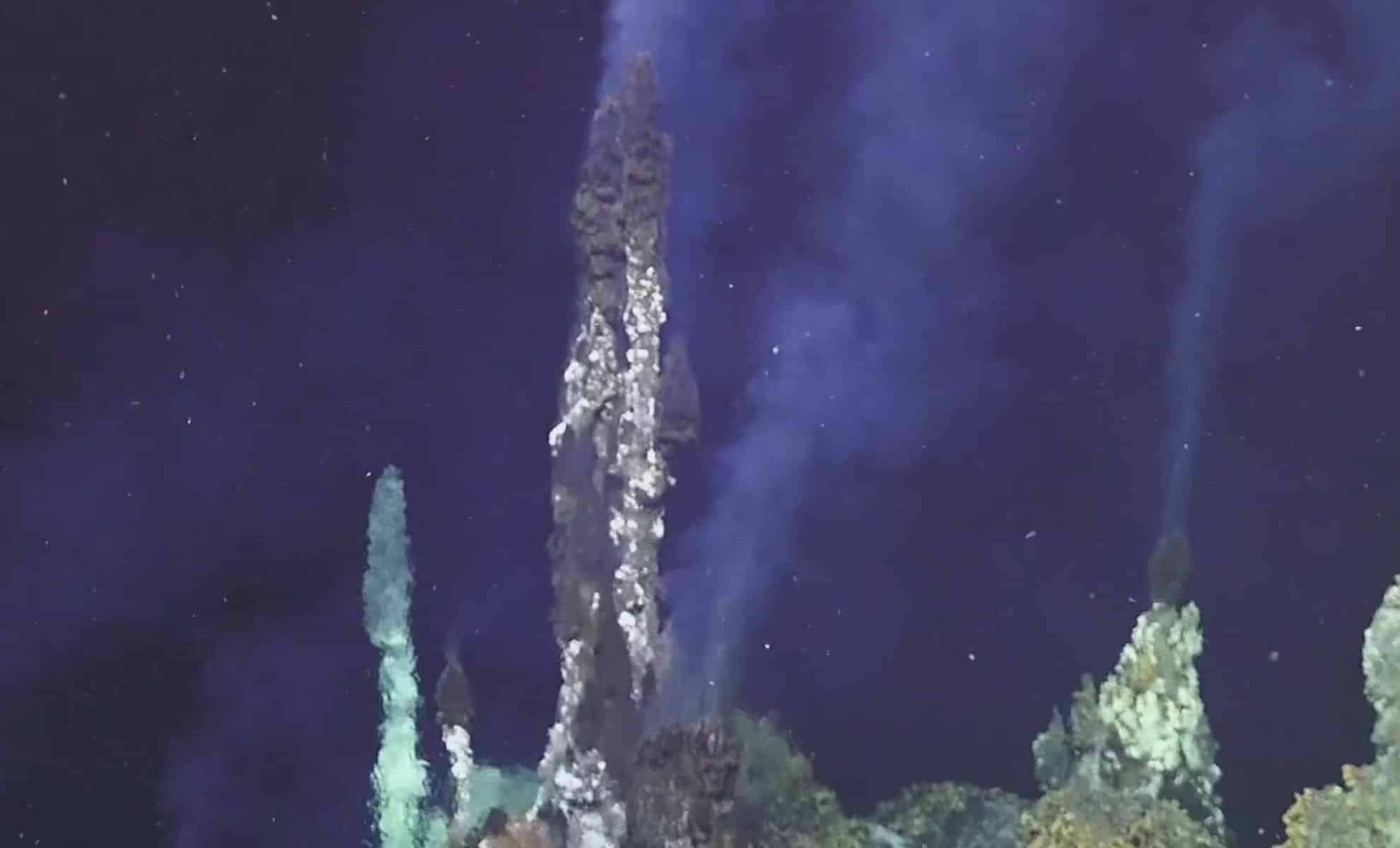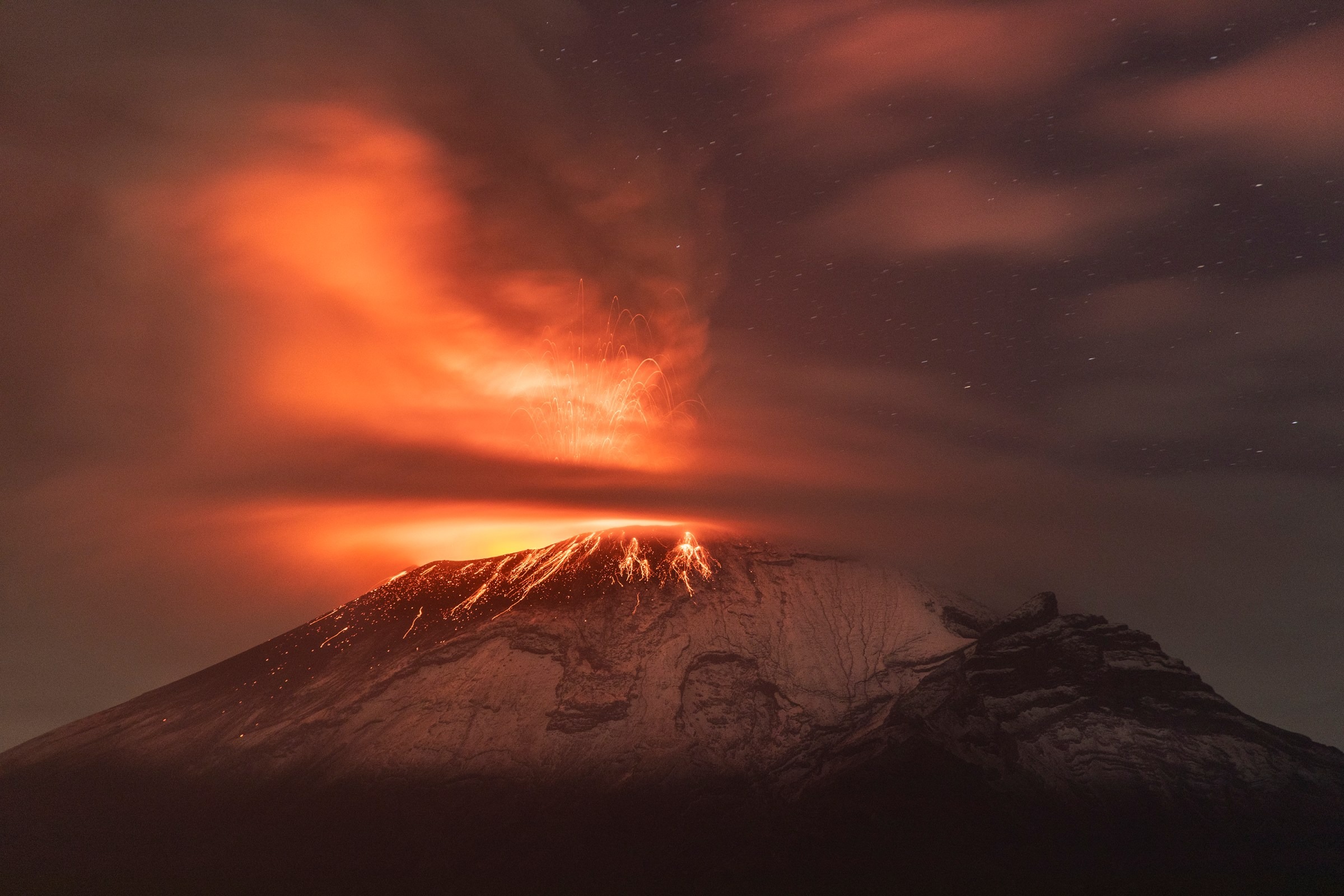
A massive underwater volcano, Axial Seamount, located nearly a mile beneath the ocean surface off the Oregon coast, is showing signs it may erupt soon, according to geologists.
Volcano on the Move
Axial Seamount sits atop the Juan de Fuca Ridge—an area where two tectonic plates are drifting apart—causing a continuous build-up of pressure. This geological hotspot is also fed by molten rock rising from deep within the Earth, making it one of the most closely monitored submarine volcanoes in the world.
Researchers at the University of Washington, who monitor the site via the Ocean Observatories Initiative Regional Cabled Array, have observed a sharp rise in seismic activity.
“We’re now seeing a couple hundred small earthquakes per day,” said marine geophysicist William Wilcock. “It could erupt later this year, early 2026—or even tomorrow. It’s completely unpredictable.”

What Happens During an Eruption
Axial’s last eruption in 2015 unleashed over 10,000 quakes in a single day. Magma flowed some 25 miles across the seafloor, forming a large caldera as the volcano’s magma chamber collapsed. These eruptions fuel hydrothermal vents, which release superheated, mineral-rich water and support unique marine ecosystems.
“Life rebounds incredibly fast after an eruption,” said Debbie Kelley, director of the Regional Cabled Array. “Within three months, marine life returns and flourishes.”
Despite the intensity of the eruptions, Kelley notes that marine animals—including whales, fish, and octopuses—are unlikely to be harmed. Humans likely won’t notice anything at all. “You won’t see explosive ash or lava fountains above water—it’s very mild because of the water pressure,” she said.

Most Volcanic Activity Happens Underwater
Kelley points out that most volcanic activity on Earth happens at underwater spreading ridges like Juan de Fuca. Axial’s magma sits unusually close to the surface, just a mile down, making it easier to monitor compared to land-based volcanoes.
A Chance to Witness a Rare Event
Because of Axial Seamount’s location and relatively gentle behavior, scientists plan to livestream its next eruption for the public—a first of its kind.
Capturing an underwater eruption is difficult. The first direct observation occurred in April when researchers diving off the East Pacific Rise stumbled upon an eruption in progress. Instead of the usual bustling vents, they found scorched remnants of life and lava solidifying in icy seawater. “It’s a rare and powerful moment,” said Dan Fornari of WHOI. “We’re literally watching the Earth build itself.”

Tides, the Moon, and Eruption Timing
Interestingly, past eruptions in 1998, 2011, and 2015 all occurred between January and April, when Earth is farthest from the sun. Scientists suspect that the moon’s gravitational pull, which causes ocean tides, may influence volcanic pressure. These tidal changes alter seafloor pressure and stress the caldera, potentially triggering eruptions when the magma chamber nears critical mass.
“We’re just beginning to understand how interconnected these forces really are,” Wilcock said.